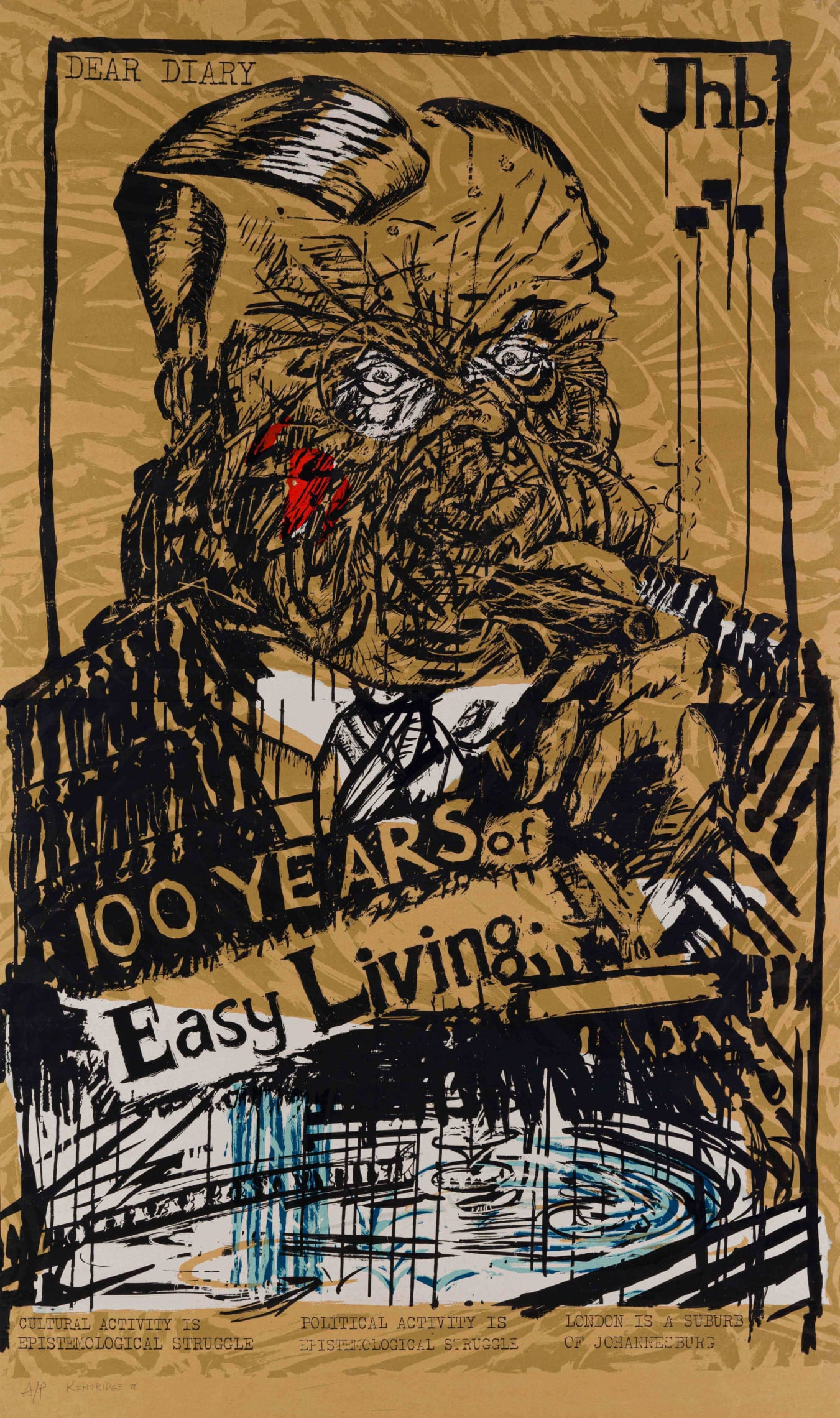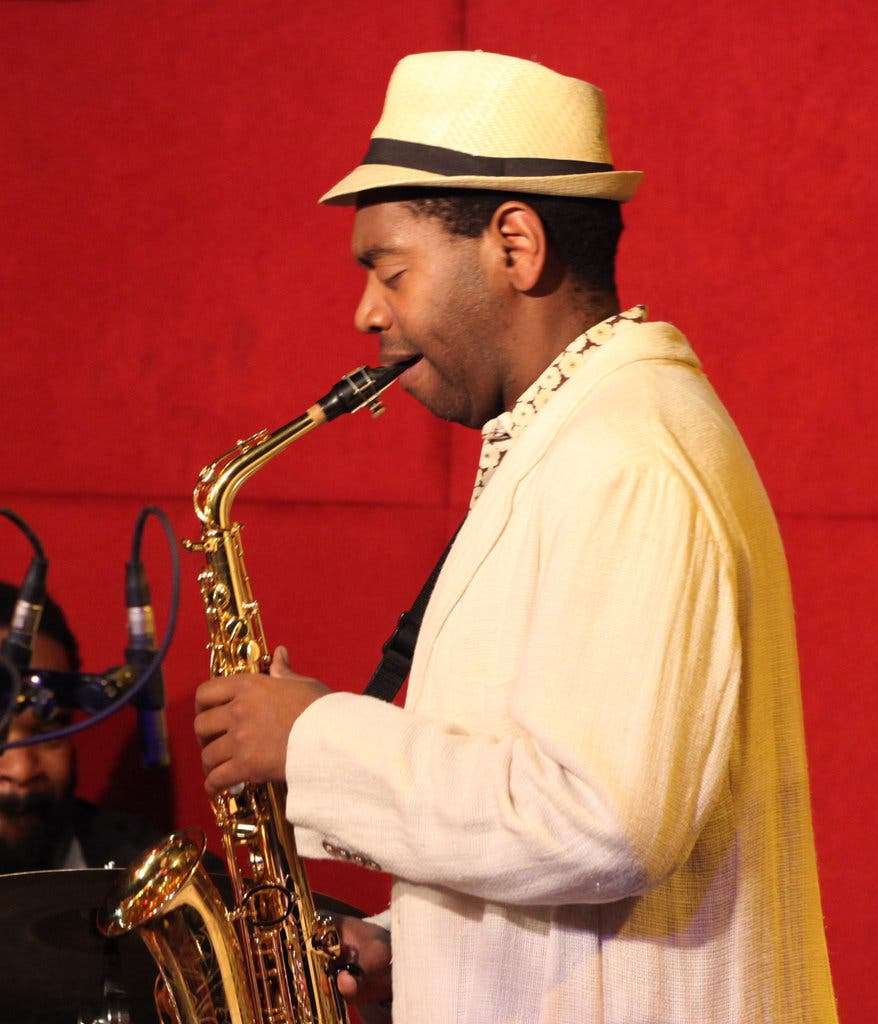In his thought-provoking book *Art in a State of Siege*, Joseph Koerner examines how artworks emerge as powerful symbols during times of political unrest. Drawing from notable pieces such as Max Beckmann’s *Self-Portrait in Tuxedo* and Bosch’s intricate *Garden of Earthly Delights*, Koerner argues that these creations can serve as profound omens reflecting societal turmoil. The history of art criticism reveals a unique lens through which we can analyze these works, particularly in relation to their political context and the perceptions of their viewers. By exploring how art interacts with crises, Koerner offers a fresh perspective on the significance of creativity when faced with adversity. This exploration of expression amidst chaos invites us to consider how artists respond to the complexities of their times, creating works that resonate with contemporary audiences.
*Art in a State of Siege* invites readers to reflect on the dialogue between art and societal strife, offering insights into how creativity thrives under pressure. By unveiling the stories behind iconic works like Beckmann’s self-portrait and Bosch’s renowned triptych, Koerner sheds light on the role of art in navigating perilous circumstances. This analysis aligns with the broader theme of understanding artistic expression during turbulent periods, as seen throughout art history. Amidst the weights of political conflict and psychological distress, the capacity of art to illuminate the human experience becomes evident. As we reassess the narratives intertwined with works like Bosch’s *Garden of Earthly Delights*, we uncover an enduring connection between art and the complexities of human existence.
The Significance of ‘Art in a State of Siege’
The phrase ‘art in a state of siege’ encapsulates the intricate relationship between creativity and political turmoil. During times of unrest, art transcends its aesthetic value and engages with the tumultuous environment it emerges from. This perspective is crucial for understanding how artists communicate their experiences and emotions in response to oppressive circumstances. By analyzing notable works, such as Max Beckmann’s ‘Self-Portrait in Tuxedo’, we can unravel the layers of meaning that reflect societal chaos, fear, and resilience. Through this lens, Koerner’s book sheds light on the profound knowledge and warnings that art can offer during periods when societal norms are under siege.
Art in a state of siege often serves as a mirror to the experiences of viewers, revealing their fears and concerns. As Koerner discusses, artworks made during politically charged times can signify more than just personal expression; they can also evoke collective memories of strife and survival. Taking Bosch’s ‘The Garden of Earthly Delights’ as an example, the complex interpretations of its central and outer panels resonate with viewers, inviting them to reflect on their vulnerabilities amid the chaos. This ongoing dialogue within the art speaks volumes about how individuals in troubled societies project their circumstances onto the canvas, making it a poignant study in empathy and human experience.
Understanding Art During Political Unrest
Art has historically played a pivotal role in times of political upheaval, often reflecting the anxieties and hopes of a society in distress. Artists frequently turn to their craft to cope with turmoil, producing works that not only document the crises of their time but also propose paths forward. In Koerner’s exploration of significant works amid such contexts, he illustrates how artists like Max Beckmann and Hieronymus Bosch present the viewer with moral dilemmas, inviting them to confront uncomfortable truths about their societies. By recognizing the struggle inherent in these pieces, audiences gain a deeper appreciation for the courage it takes to create amidst chaos.
Moreover, the study of art during periods of political unrest enables a reassessment of greatness in art history. Rather than commemorating the victories of artists, Koerner shifts focus to those who confront the risks and repercussions of their artistic voices. This approach compels us to acknowledge the underlying tensions that accompany the creation of significant artworks, transforming our perception of success in the arts. As we revisit works by artists like Bosch and Kentridge, we are urged to consider not just their creative genius but also their responses to existential threats, enriching our understanding of artistic legacy.
Max Beckmann and Art as a Response to Chaos
Max Beckmann’s ‘Self-Portrait in Tuxedo’ stands out as a powerful testament to the artist’s response to the chaotic milieu of post-WWI Germany. The striking frontal composition and Beckmann’s direct gaze reflect an assertive declaration of identity amidst societal disintegration. The painter captures not just his likeness but the larger struggle for meaning in a fracturing world. In a time when many artists grappled with the loss of their previous certainties, Beckmann’s declaration that art could halt chaos positions him as a pivotal figure in art history. This artistic manifesto disrupts conventional narratives of triumph, instead highlighting the potential for art to act as a beacon of hope and clarity.
In exploring Beckmann’s work, we uncover a narrative rich in emotional complexity, directly linked to the realities of his era. He emphasizes the responsibility of the artist not solely to document but also to interpret and influence the turbulent conditions surrounding them. The self-portrait becomes a medium for self-reflection and commentary on the collapse of democratic structures, inviting viewers to confront the implications of these societal failures. Understanding Beckmann’s artwork through this lens helps illustrate how deeply intertwined art can be with the political climate, reinforcing the notion that masterpieces are born from moments that challenge the very fabric of society.
Hieronymus Bosch: Art as a Political Commentary
Hieronymus Bosch’s masterpiece, ‘The Garden of Earthly Delights’, offers a complex narrative that engages with the tumult of its time, making it a focal point in discussions around art during political unrest. The enigmatic themes embedded in the triptych prompt ongoing debate by emphasizing the duality of human experience—pleasure entwined with peril. Bosch’s work acts as a commentary on the moral dilemmas faced by society at a time rife with social and religious strife. The uncertainty of whether the central panel represents joy or sin complicates the viewer’s interpretation, creating a sense of ambivalence that mirrors the unpredictable nature of human coexistence in the face of chaos.
Koerner’s examination of Bosch illustrates how the artist effectively critiques societal norms and fears of the period. He strategically invokes various representations of enemies—be it sin, the perceived threat from outsiders, or internal discord—to explore the idea of society under siege. This portrayal resonates historically, as Bosch’s observations regarding human nature remain relevant today. The enduring intrigue surrounding Bosch’s paintings reflects the critical space art occupies in challenging political narratives, prompting contemporary audiences to reflect on their own societal dilemmas and the role art plays in shaping collective consciousness.
The Role of Art Criticism in Historical Context
Art criticism has evolved significantly, particularly in relation to works produced during political upheaval. As highlighted by Koerner, critics historically interpreted art through the lens of triumph, often neglecting the complex narratives arising from periods of unrest. Today, there is a growing realization of the need to reevaluate these interpretations and consider how the socio-political landscape influences the meaning of art. By examining the criticisms of artworks like Beckmann’s self-portrait or Bosch’s triptych, we gain insight into how the narratives constructed by historians shape our understanding of the artists’ intentions and the societal messages conveyed.
This shift in art criticism emphasizes the importance of context when analyzing works produced during distressing periods. Critiques that center around political unrest allow for a more nuanced understanding of an artist’s engagement with their times. For example, a closer look at how critics have responded to Bosch’s ‘The Garden of Earthly Delights’ reveals their reflections of societal fears and tensions, thus enriching the discourse surrounding the text and image. Ultimately, a comprehensive art criticism framework can help bridge the gaps between past and present, allowing contemporary audiences to draw connections between history and ongoing societal struggles.
Exploring Joseph Koerner’s Insights on Art
Joseph Koerner’s insights into the intersection of art and political turmoil represent a vital contribution to contemporary art discourse. Through his examination of pivotal works, he invites readers to reconsider how art serves as both a reflection and a guide through chaotic times. His book, ‘Art in a State of Siege’, critically engages with the complex relationships between artists and their socio-political environments, emphasizing the necessity of understanding art not just as aesthetic objects but as powerful commentaries on the human experience during distress. Koerner’s emphasis on the psychological and historical implications of viewing art during crises serves as a challenge to traditional narratives of artistic success.
Koerner’s exploration does not shy away from the uncomfortable realities that artworks often embody. Instead, he encourages a dialogue that digs deep into the emotional fabric surrounding art made under duress. This approach opens opportunities for scholars, artists, and audiences alike to view the past and present through a more empathetic lens. By engaging with Koerner’s perspective, we are compelled to acknowledge the role of art in addressing issues such as trauma, identity, and resilience, recognizing that these elements remain as pivotal in today’s landscape as they were in earlier periods of unrest.
Impact of Political Context on Artistic Expression
The influence of political context on artistic expression can be seen profoundly across various historical periods. As artists respond to the pressures of their environments, their works often speak to the realities of oppression, unrest, and change. In examining artists like Beckmann and Bosch, we observe how the challenges of their times shaped both their methods and messages. These artists harnessed their creative energy to confront the sociopolitical dynamics that threatened to engulf them, resulting in works that resonate with audiences beyond their immediate context. This capacity for art to act as both a form of resistance and a vehicle for commentary is an essential characteristic of many significant artworks.
Importantly, the study of art within its political framework allows for a richer understanding of its historical significance. Viewers today are increasingly faced with the task of interpreting these artworks through a contemporary lens that accounts for both historical and modern issues. The engagement with art amid political upheaval reveals what is at stake—both personally and socially. By recognizing the implications of context, we not only honor the intentions of the artists but also grasp the lessons that resonate within their creations, illuminating the enduring capacity of art to provoke dialogue and inspire change.
Legacy of Art in Times of Crisis
The legacy of art produced during times of crisis offers a profound testament to the resilience of the human spirit. As artists confront chaos, their works become powerful artifacts that speak to future generations. These pieces not only capture the raw emotions of their creators but also serve as historical documents that preserve the experiences of those who lived through turmoil. In analyzing the legacies of Bosch’s grotesque portrayals or Beckmann’s compelling self-portraits, we gain insight into the ways art can encapsulate both personal and collective struggles, thereby ensuring that the narratives of those times are neither forgotten nor ignored.
Moreover, the ongoing engagement with art from periods of political unrest serves as a reminder of the constant relevance of these themes. In an era where we witness similar crises repeating globally, such artworks resonate with contemporary issues, urging us to reflect on our present conditions. The ways in which past artists addressed their societal challenges remain instructive, providing perspective on how creativity can thrive despite adversity. The legacy of such art is not only historical but also carries forward lessons on empathy, activism, and the necessity of voicing dissent through creative expression.
Frequently Asked Questions
What is the significance of Joseph Koerner’s book ‘Art in a State of Siege’?
Joseph Koerner’s ‘Art in a State of Siege’ explores the relationship between art and political unrest, examining how artworks like Max Beckmann’s ‘Self-Portrait in Tuxedo’ and Bosch’s ‘The Garden of Earthly Delights’ serve as reflections and omens during turbulent times. The book discusses how art not only represents historical contexts but also enables viewers to interpret their experiences amidst crises.
How does ‘Art in a State of Siege’ relate to artworks created during political unrest?
In ‘Art in a State of Siege,’ Joseph Koerner analyzes how artworks like Bosch’s ‘The Garden of Earthly Delights’ and Beckmann’s self-portrait resonate with audiences during political turmoil, illustrating how art captures the essence of fear, uncertainty, and human experience in challenging times. This approach emphasizes the significance of understanding art within its socio-political context.
What themes does Koerner explore in relation to Max Beckmann’s work in ‘Art in a State of Siege’?
Joseph Koerner examines Max Beckmann’s ‘Self-Portrait in Tuxedo’ in ‘Art in a State of Siege’ by highlighting themes of chaos and the artist’s role in society. He discusses how Beckmann positioned himself as a mediator of balance during Germany’s post-WWI political instability, reflecting on the broader implications of artistic expression during oppressive regimes.
How does Bosch’s ‘Garden of Earthly Delights’ function as art during political unrest according to Koerner?
In ‘Art in a State of Siege,’ Koerner argues that Bosch’s ‘Garden of Earthly Delights’ serves as both a product and a warning during periods of crisis. The triptych’s ambiguous imagery prompts viewers to question their perceptions of good and evil, positioning the artwork as an omen that reflects societal fears and the complexity of human nature in times of unrest.
What parallels does ‘Art in a State of Siege’ draw between past and present political conflicts?
Koerner’s ‘Art in a State of Siege’ draws parallels between historical political unrest represented in artworks and contemporary issues. By analyzing pieces like Bosch’s and Beckmann’s, the book illustrates how art continues to reflect the struggles and anxieties of current societies, encouraging readers to consider the role of art as a response to ongoing crises.
Why is understanding art criticism history important in ‘Art in a State of Siege’?
Understanding art criticism history is crucial in ‘Art in a State of Siege’ as it provides context for how perceptions of art evolve during political unrest. Koerner examines how critics and historians have interacted with works like those of Bosch and Beckmann, which helps readers appreciate the changing narratives surrounding these pieces in relation to societal upheaval.
How does ‘Art in a State of Siege’ perceive the role of artists during times of conflict?
In ‘Art in a State of Siege,’ Koerner suggests that artists, like Beckmann and Bosch, play vital roles as commentators on society’s turmoil. Their works are portrayed as catalysts for reflection, challenging viewers to engage with the chaos of their times, and often positioning artists as key figures in navigating the moral complexities within societal upheaval.
What insights does Koerner offer about Joseph Koerner’s examination of art and violence in ‘Art in a State of Siege’?
In ‘Art in a State of Siege,’ Koerner offers insights into how art can depict the permanence of violence and state brutality, particularly through the lens of works like Kentridge’s animations and Bosch’s allegories. He emphasizes the importance of visualizing these themes to understand historical and contemporary struggles, encouraging a critical examination of how art intersects with political crises.
What is the relationship between viewers and artworks during times of siege, as discussed in ‘Art in a State of Siege’?
In ‘Art in a State of Siege,’ Koerner explores the dynamic relationship between viewers and artworks during times of siege, suggesting that the experience of viewing art evolves when surrounded by conflict. Art transforms into a site of personal projection, where viewers derive meaning based on their contexts, thereby becoming active participants in deciphering the narrative embedded in the artwork.
In what way does ‘Art in a State of Siege’ reinterpret traditional narratives of triumph in art?
Koerner’s ‘Art in a State of Siege’ reinterprets traditional narratives by focusing on art that emerges not from triumph but from the weight of failure and distress. He shifts the narrative away from glorified artistic victories to highlight how art can reveal deeper truths about human resilience and the complexities of survival against the backdrop of political strife.
| Key Theme | Details and Analysis |
|---|---|
| Crisis and Art | Art often reflects societal turmoil, and Joseph Koerner’s work highlights how various pieces echo the fears and anxieties of their times. |
| Key Works Examined | 1. Hieronymus Bosch’s ‘The Garden of Earthly Delights’ 2. Max Beckmann’s ‘Self-Portrait in Tuxedo’ 3. William Kentridge’s animated drawing of a victim of state violence. |
| Historical Context | The book discusses how art from different eras, particularly during political unrest, serves as a lens to understand the shifting perceptions of enemies and societal chaos. |
| Existential Interpretation | Koerner argues that artworks serve not only as reflections of the creators’ contexts but also resonate with viewers’ personal experiences, particularly during crises. |
Summary
Art in a State of Siege illustrates how art emerges as a significant force during periods of political unrest. Joseph Koerner’s examination of works by Bosch, Beckmann, and Kentridge reveals the intricate relationship between art and societal turmoil, challenging conventional narratives that focus solely on triumph. Instead, Koerner emphasizes the role of art as both a mirror reflecting anxieties and a guide navigating through chaos, encouraging viewers to explore deeper meanings amidst the unrest. As we analyze these artworks, we are invited to confront not only the artists’ intentions but also how we, as spectators, project our interpretations during crises, underlining the timeless relevance of art in understanding our turbulent world.



